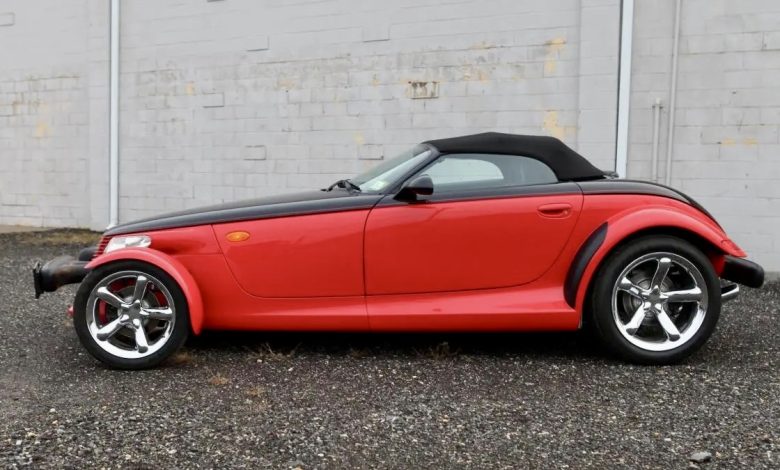
A pristine 2000 Plymouth Prowler Woodward Edition with only 51 miles on the odometer is now available on BringATrailer.com. This ultra-rare model is one of just 153 Woodward Editions ever produced, paying homage to Detroit’s historic cruising boulevard.
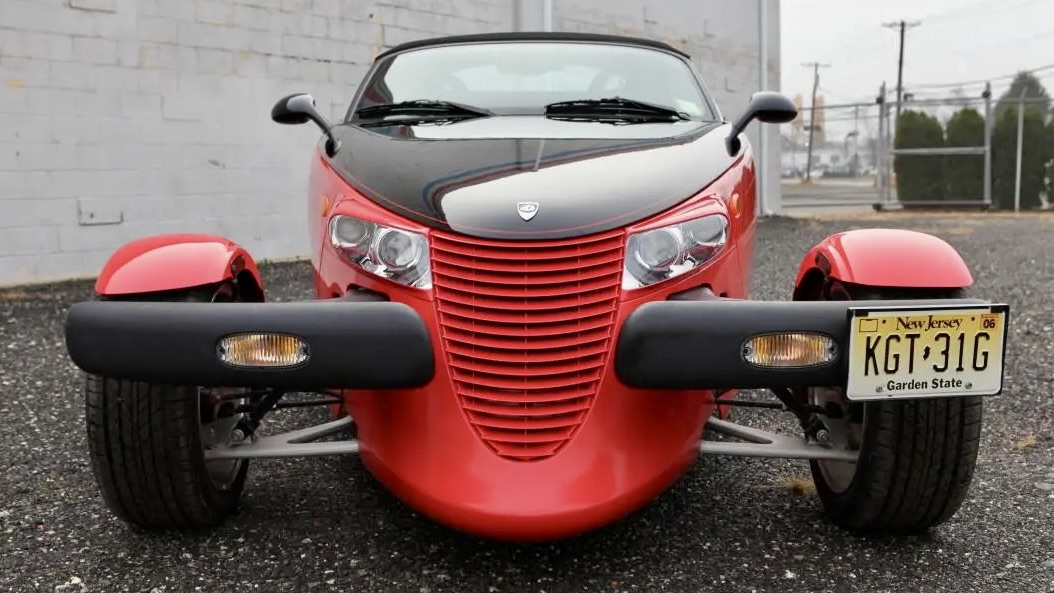
Finished in an eye-catching two-tone Prowler Black and Prowler Red, the car features a sleek red pinstripe, black rear stone guards, and classic cycle-style front fenders. Split bumpers, dual exhaust outlets, and a black manually operated convertible top complete its distinctive retro-modern design. Chrome-finished 17-inch front and 20-inch rear wheels complement its unique stance, wrapped in Goodyear Eagle GS-R tires.
Inside, the Prowler offers Agate leather bucket seats with embossed logos, a Prowler Red instrument panel, and a range of modern conveniences, including air conditioning, cruise control, and an AM/FM/cassette stereo with a CD changer. The AutoStick shifter allows manual gear selection for the automatic transaxle, blending vintage charm with modern functionality.
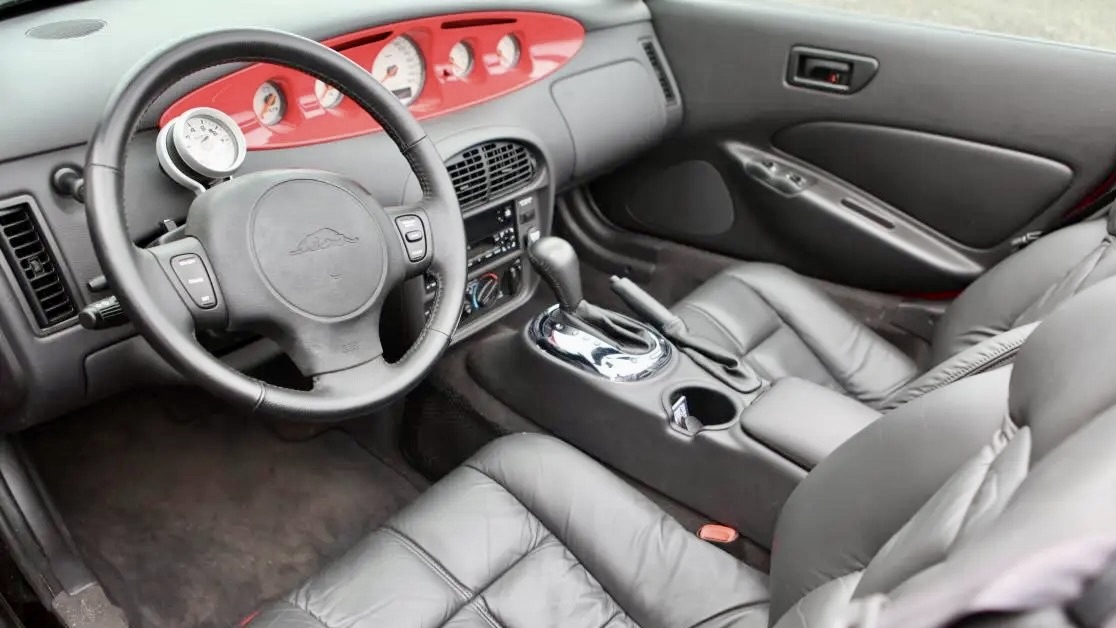
Powered by a 3.5-liter (215 cubic-inch) EGG H.O. V6 engine paired with a rear-mounted four-speed automatic transaxle, the car delivers 253 horsepower and 255 lb-ft of torque. The engine’s aluminum block is matched with impressive engineering, ensuring a smooth and engaging driving experience. Recent maintenance includes a new battery and a repaired window regulator.
This Prowler comes with its original window sticker, initial purchase contract, spare parts, and a clean Carfax report confirming its accident-free history. Originally purchased at Gary Barbera’s Chryslerland in Philadelphia, the car was carefully stored in a private hangar and driven sparingly.

Bidding for this exceptional modern classic ends Monday, January 6, at 2:13 p.m. EDT. This is a rare chance to own a like-new example of one of the most iconic vehicles from Plymouth’s history.

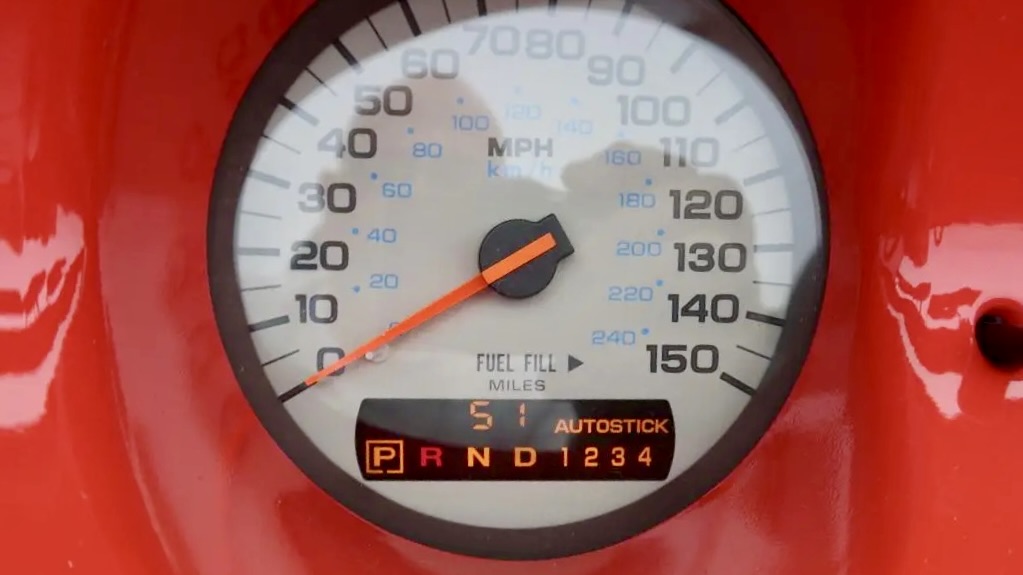
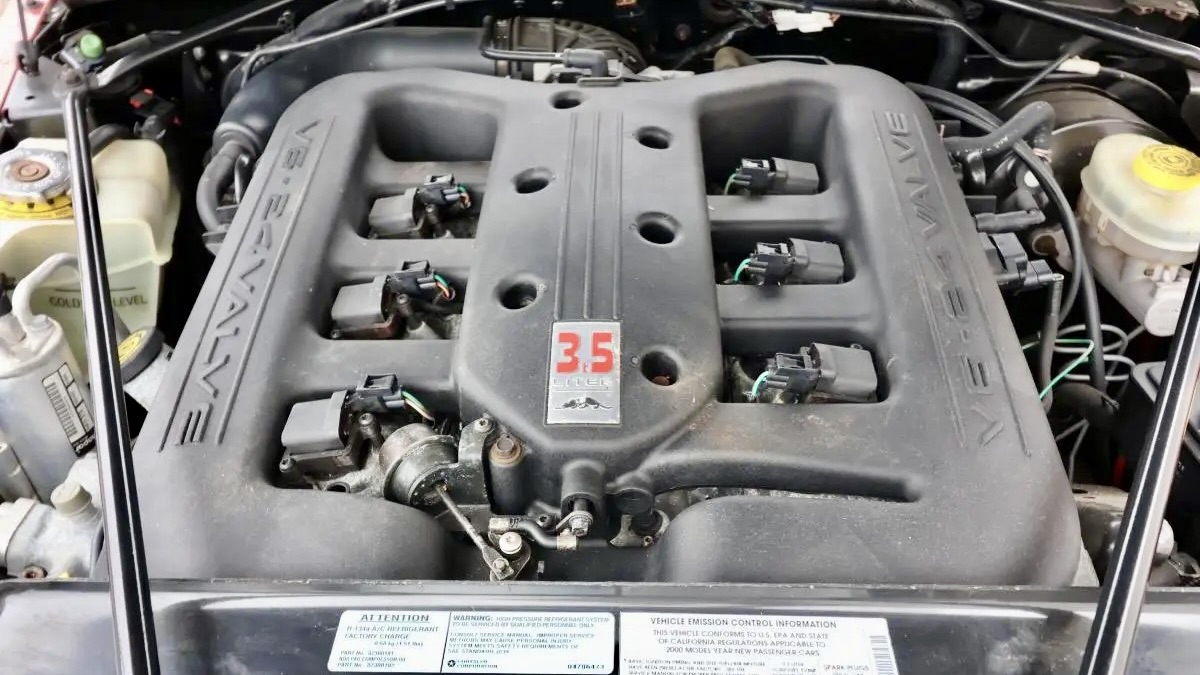
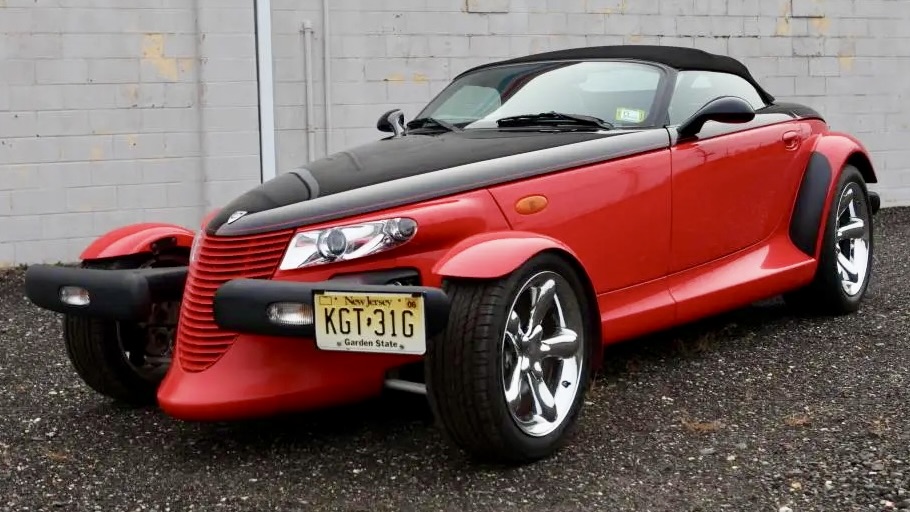
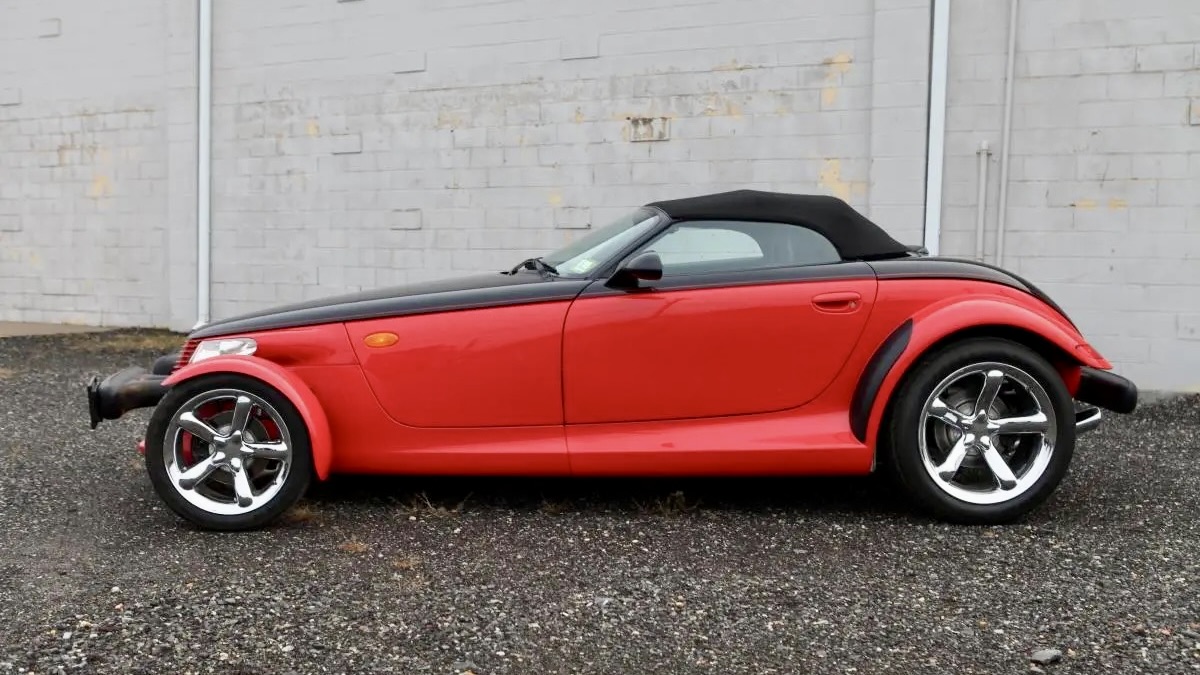
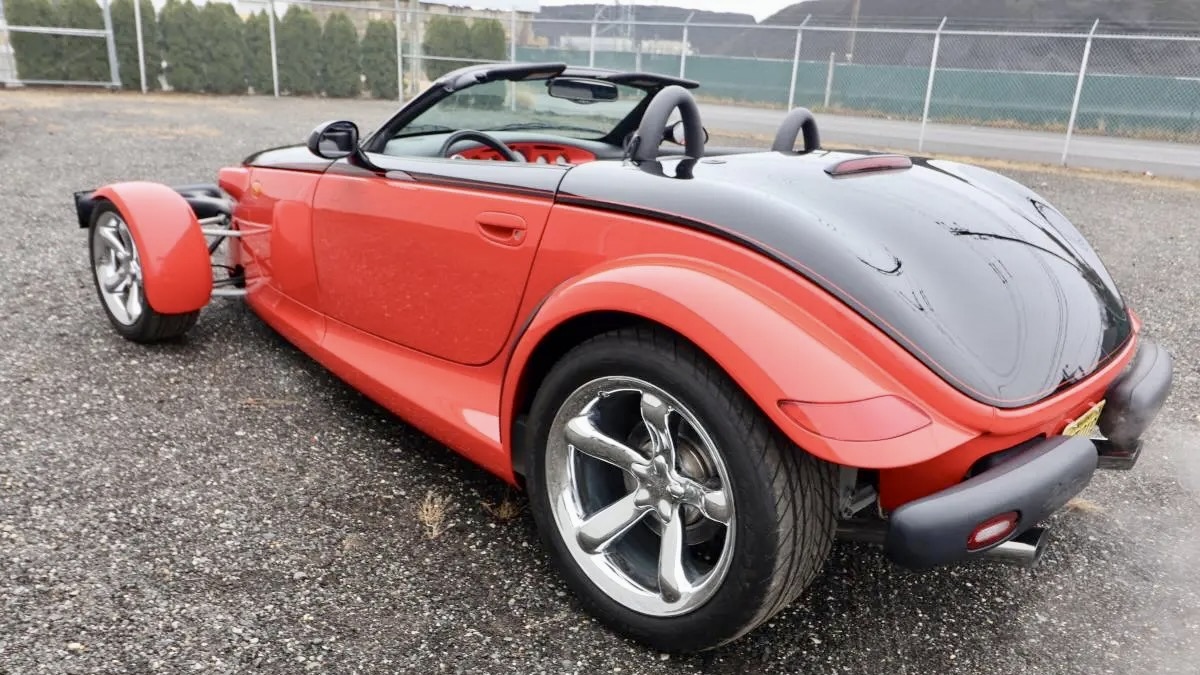
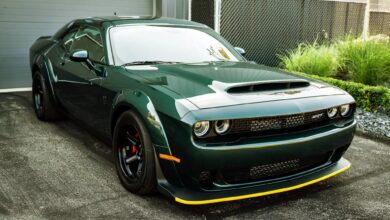
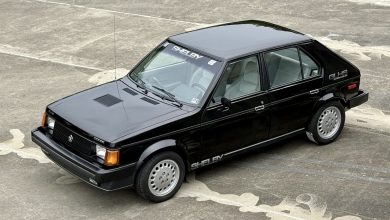
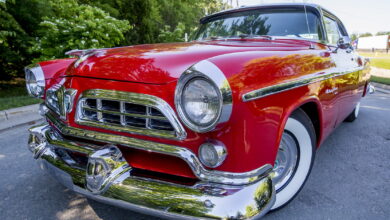
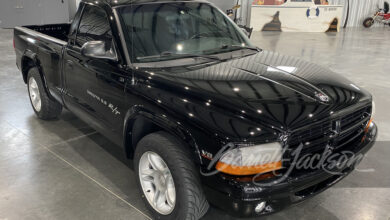
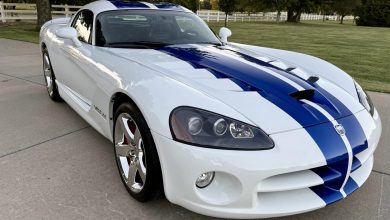
No replies yet
Loading new replies...
Join the full discussion at the Mopar Insiders Forum →